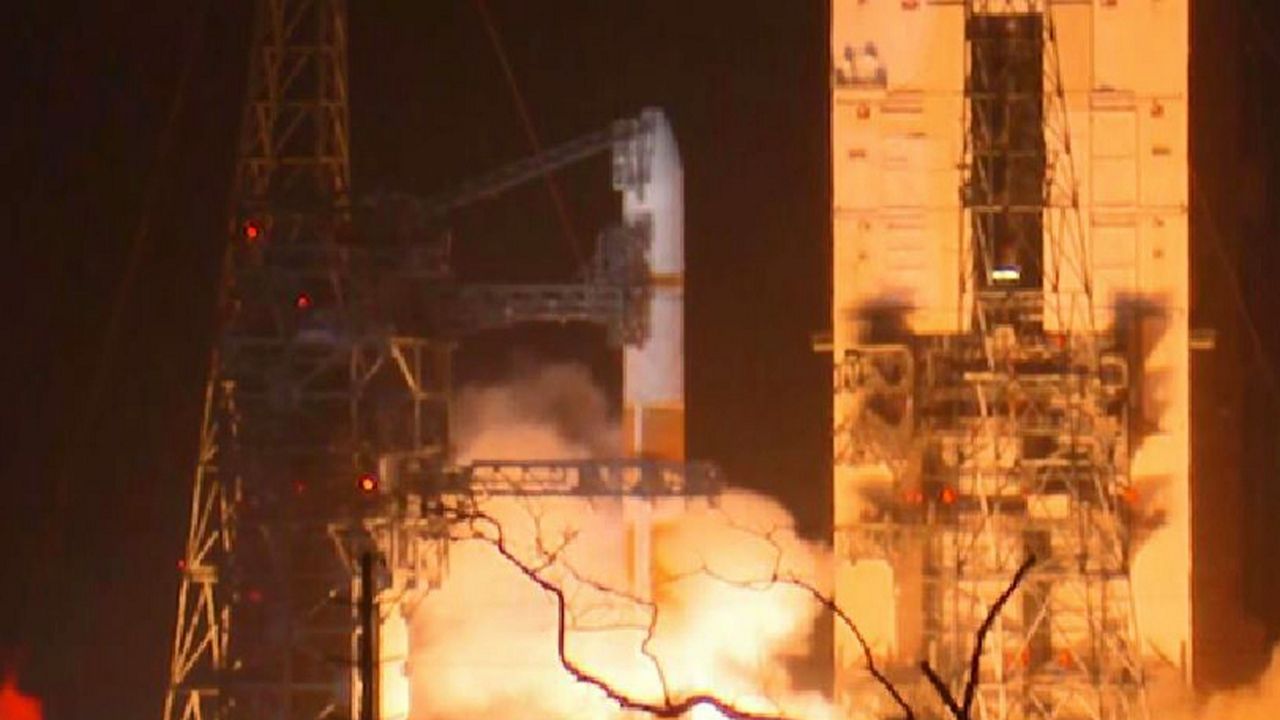CAPE CANAVERAL — United Launch Alliance had its first launch of the year from the Space Coast.
- WGS satellite provides data for drones
- ULA has its 1st launch of 2019 from Space Coast
- Get more space coverage here
A Delta IV rocket blasted off from Space Launch Complex 37 at the Cape Canaveral Air Force Station Friday night, setting the stage for what could be a historical year for ULA.
On board the Delta IV is a satellite for the U.S. Air Force -- It is the 10th Wideband Global SATCOM or WGS satellite, which will enhance military communications for the United States and our allies across the globe.
Up in orbit, these satellites provide data for drones and help military leaders communicate with troops in war zones.
A big aspect of these satellites is their ability to avoid adversaries trying to jam their signal. The Boeing-built satellite is able to shape its beam to avoid the jammer and keep the warfighter informed.
The powerful Delta IV, along with its four strap-on solid rocket motors, produces 2.5 million pounds of thrust.
The SRMs are jettisoned around 1:45 after liftoff, so look for them falling from the sky. The satellite is released some 36 minutes after launch.
Friday's launch window was initially set to open at 6:56 p.m. EST but was delayed, due to technical issues, to 8:26 p.m. EST. The window extended until 9:05 p.m.
There was an 80 percent chance of favorable weather conditions at the time of liftoff.
ULA is preparing for its next launch as well. Its Atlas V rocket will launch the Boeing CST-100 Starliner.
NASA contracted Boeing, like SpaceX, to carry humans to and from the International Space Station.
The Starliner will undergo its first uncrewed test launch on the ULA rocket as soon as next month.
A specific date has not been set yet, but once it is it will be appear here.
It could set the stage for astronauts launching on the Atlas V by the end of the year.



